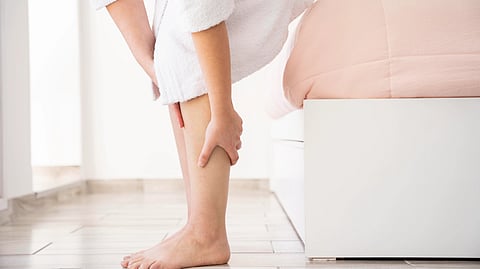Regular exercise plays a crucial role in managing lymphedema. Engaging in gentle activities increases lymphatic circulation and helps reduce swelling. Depending on individual abilities, activities could include walking, swimming, or yoga. Enhance quality of life by giving individuals the energy and motivation to pursue their passions and interests. Imagine waking up every morning feeling refreshed and revitalized, ready to tackle the day with enthusiasm.
Reduce fatigue by breaking the cycle of exhaustion. Chronic fatigue can lead to a vicious cycle of inactivity, causing individuals to feel even more drained and demotivated. By addressing the root causes of fatigue, people can regain their natural energy levels and start enjoying life again. Support emotional well-being by providing a sense of calm and clarity. When people feel overwhelmed and stressed, it can be difficult to think clearly and make rational decisions. By promoting emotional balance, individuals can better navigate life's challenges and make choices that align with their values and goals.


